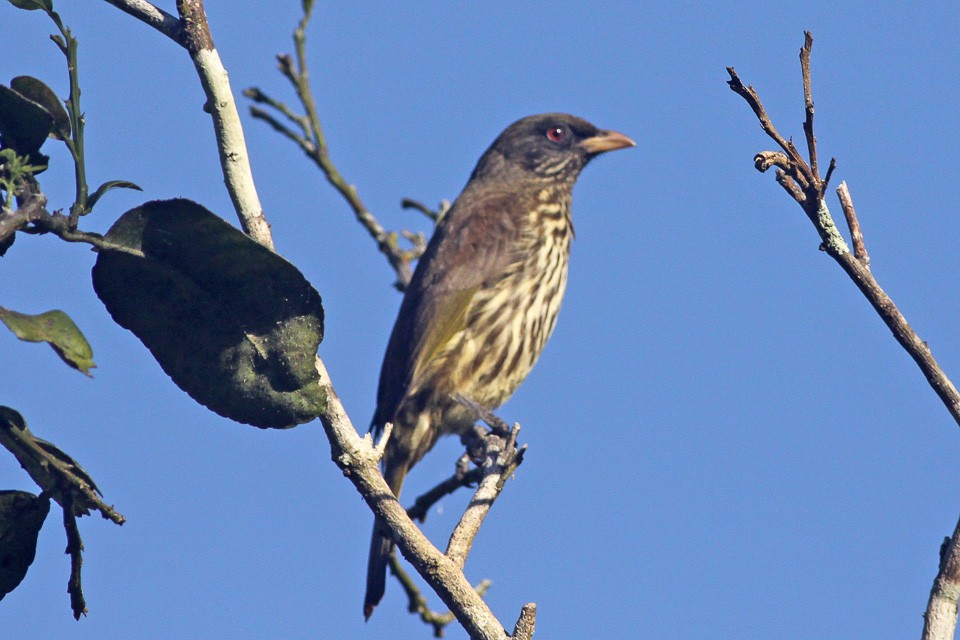Palmchat
A species of Palmchat Scientific name : Dulus dominicus Genus : Palmchat
Palmchat, A species of Palmchat
Botanical name: Dulus dominicus
Genus: Palmchat
Content
Description General Info
Description
Palmchats are about 20 cm (8 in) in length. They are olive-brown above, and heavily streaked with brown below. Their rumps and the edges of their primary feathers are dark yellow-green. They have strong yellow bills and russet eyes. They lack the soft silky plumage of the waxwings or silky-flycatchers. Adults show no sexual dimorphism; immature birds have dark throats. 
Size
20 cm
Nest Placement
Tree
Feeding Habits
Palmchat primarily feed on fruits and flowers, supplementing their diet with insects and arthropods. They are known for foraging behaviors which may include searching tree barks and foliage. This bird has a unique preference for the abundant resources in palm savannas.
Habitat
Palmchat is commonly found in a variety of lowland habitats across broad regions with tropical and subtropical climates. It has a preference for areas with royal palms but is adaptable and can be seen in nearly all types of habitat, from evergreen and deciduous forests to secondary growth woods. Palmchat avoids dense rainforests, but its adaptability allows it to thrive in both natural and urban settings, underlining its resilience across diverse environments.
Dite type
Omnivorous
General Info
Feeding Habits
Bird food type
Behavior
Palmchats are very sociable birds, often seen in small flocks containing several pairs which will roost closely together with their bodies in contact. 
Distribution Area
The species is endemic to the island of Hispaniola (Haiti and the Dominican Republic), and the adjacent Saona and Gonâve Islands, where it is common and widespread. It inhabits areas from sea level to 1500 m asl where palm savannas can be found, or other open areas with scattered trees. Where its food trees are present, it has adapted well to city parks and gardens. 
Species Status
The palmchat is a common species within its range of about 75,000 km (28,958 sq mi), and highly adaptable. As it is not approaching the thresholds for the population decline criterion of the IUCN Red List (i.e., declining more than 30% in ten years or three generations), it has been evaluated as being of Least Concern. 
